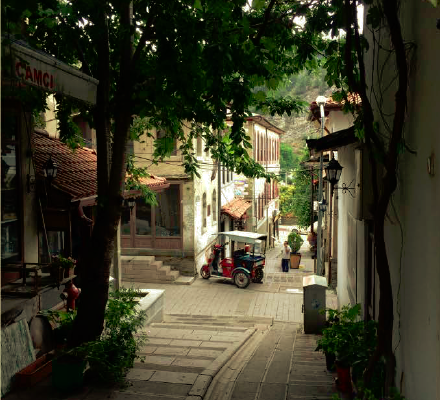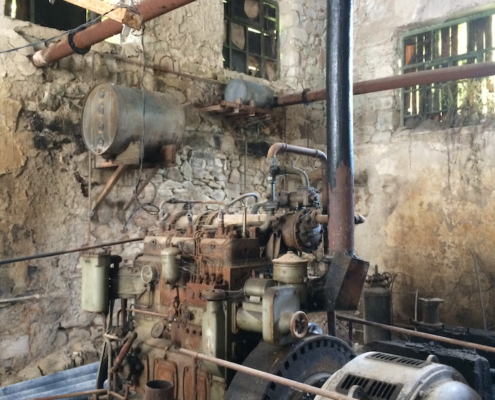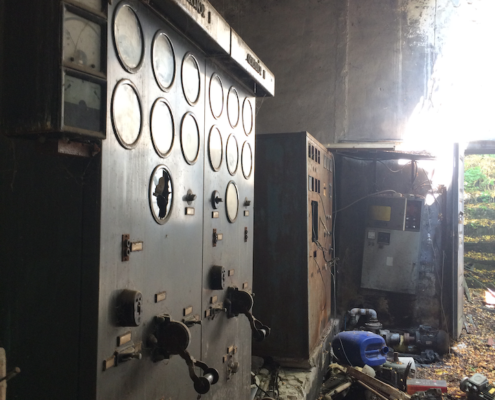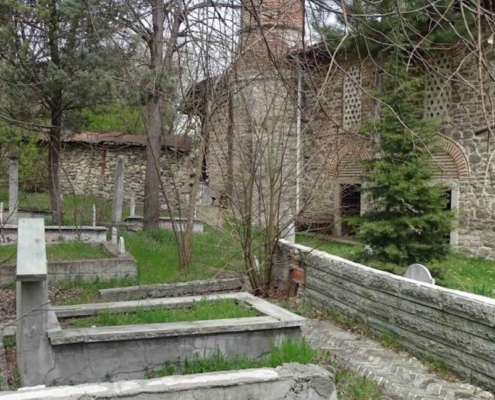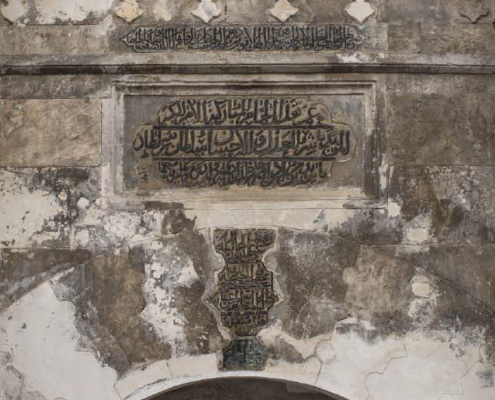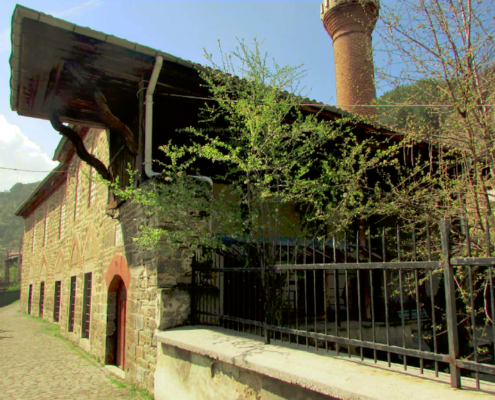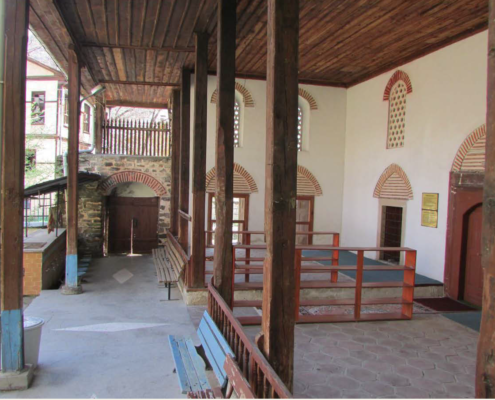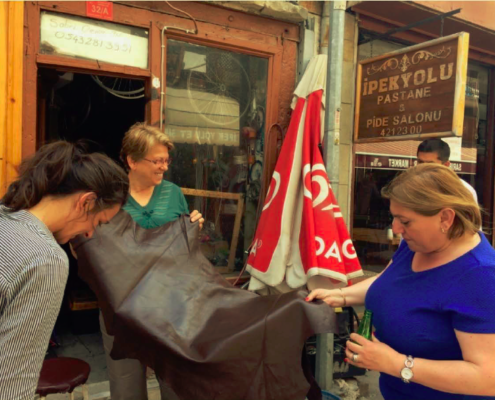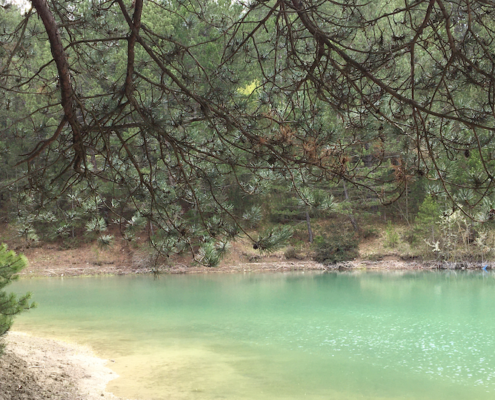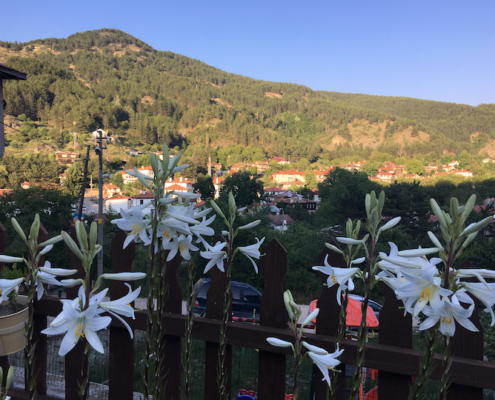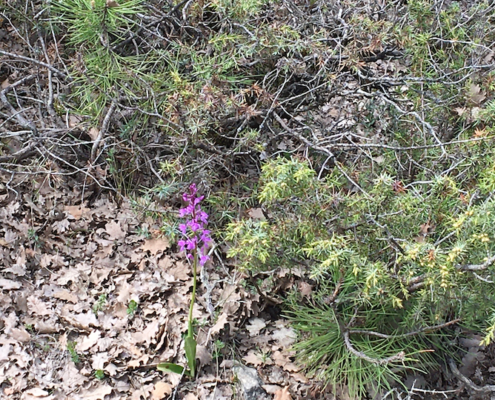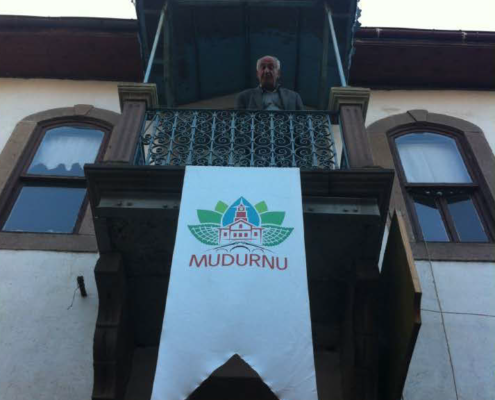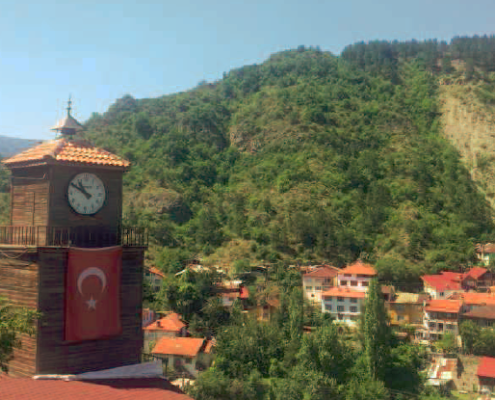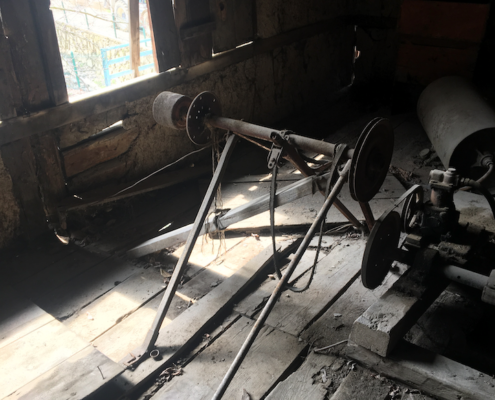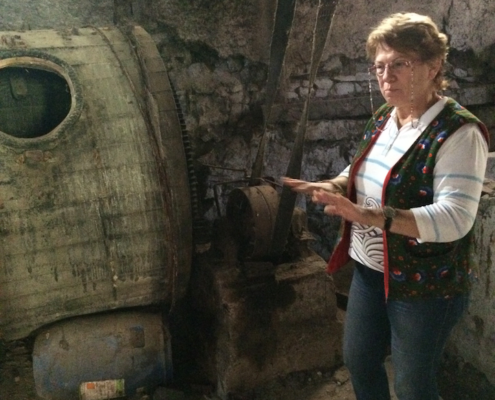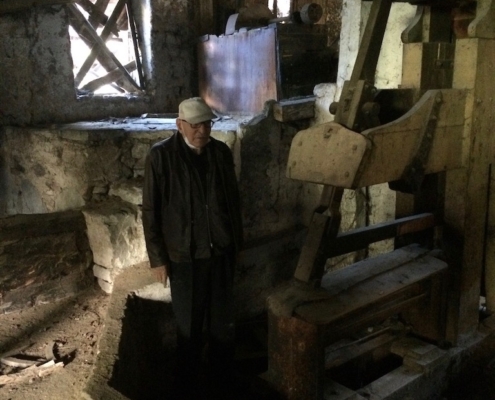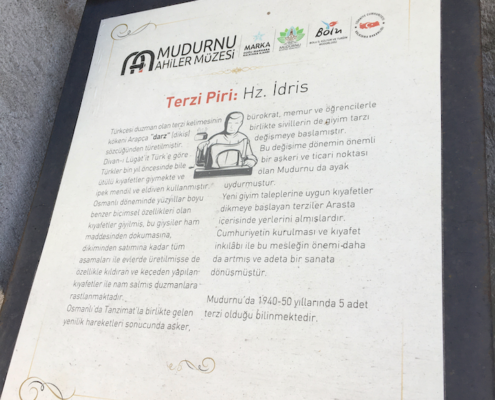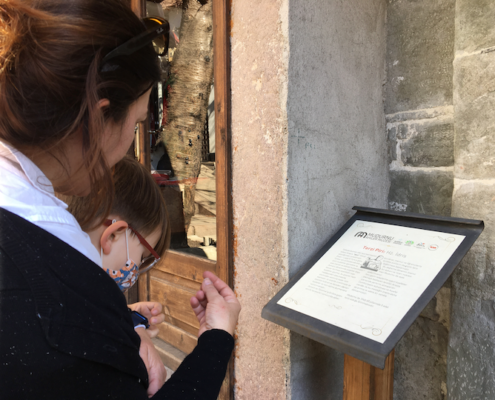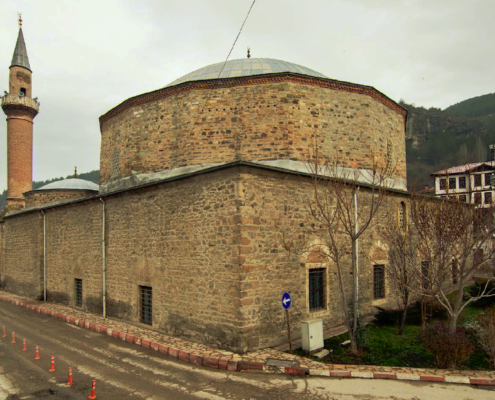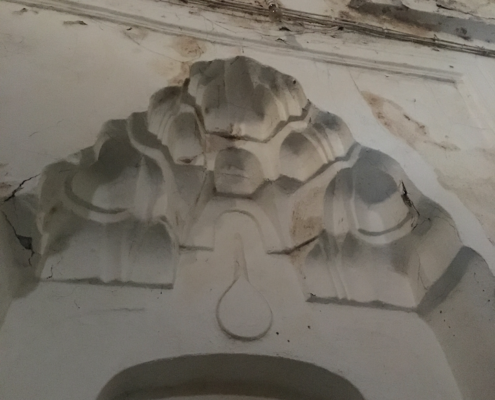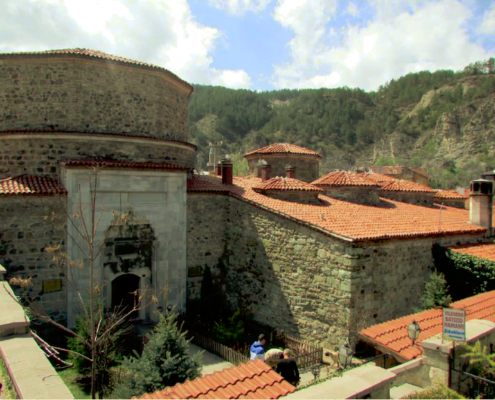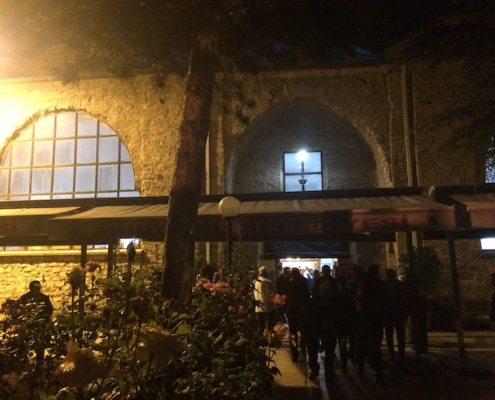Landscape and Nature of Mudurnu
Mudurnu, which developed as a trade center and military destination at the junction of the historical Silk Road and other important roads, rose as an important Ahi-craftman city and cultural center of the Early Ottoman period and It has been a patriotic Republic city of the 20th century.In the Mudurnu Stream valley, the dense settlement stretching between rocky and forested hills offers a harmonious union between natural topography and urban texture, a unique, dramatic morphology and a preserved historical urban landscape. [From the book of Bengüboz]
Mudurnu is a very green district. Its richness in terms of water resources and its climate are the main reasons for this situation. About seventy percent of the district’s land is mountainous and forested. It is a very rich settlement in terms of tree species. Located in the center of an area surrounded by mountains and exhibiting a suitable climate structure, Mudurnu has the Abant Mountains in the northeast, the Kocaman Mountains in the southwest, and the Erenler Hill, which is 1794 m high in the southwest. The settlement is in a valley, which is stuck between all these.
Mudurnu Stream passing through the district center is the only water source that divides the district into two, takes its source from Babas Village, continues west after the district center and merges with the Sakarya River. The closest lake to the district center is Lake Abant, which is a kind of crater lake located on the top of the Abant Mountains, at a distance from the district.




